And just like that, Christmas has come and gone.
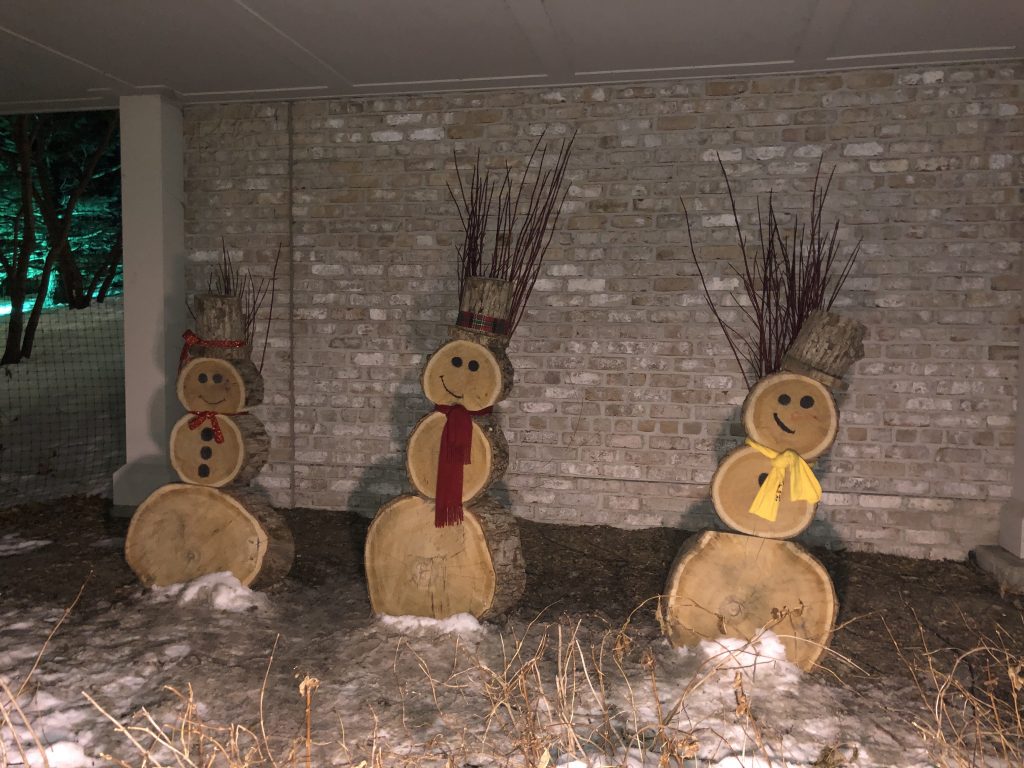
Yes, the stockings have been hung, filled, and— if you live in the UK and celebrate “Boxing Day”—already deconstructed, but the light of Christmas doesn’t have to dim just because it’s December 26th.
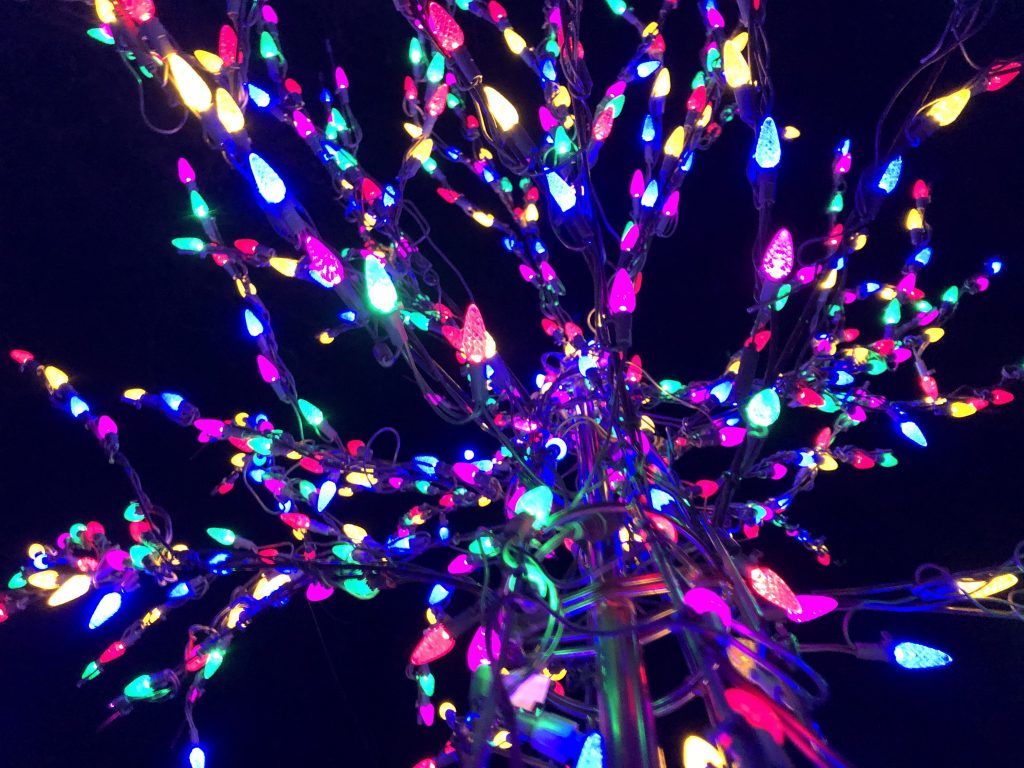
Christmas lights have always been one of my favorite, most highly-anticipated elements of the holiday season. There’s just something about a good tree-lighting or tastefully-lit downtown shopping center that exudes magic, holiday charm, and an element of unwavering hope. Light inherently symbolizes possibility and joy. Particularly amidst winter’s dark, frigid days and seemingly endless nights, light beacons an opportunity for something pure, natural, and perpetually unfading. Indeed, light is the antithesis of darkness: It allows for clarity and opportunity where it might not otherwise exist.
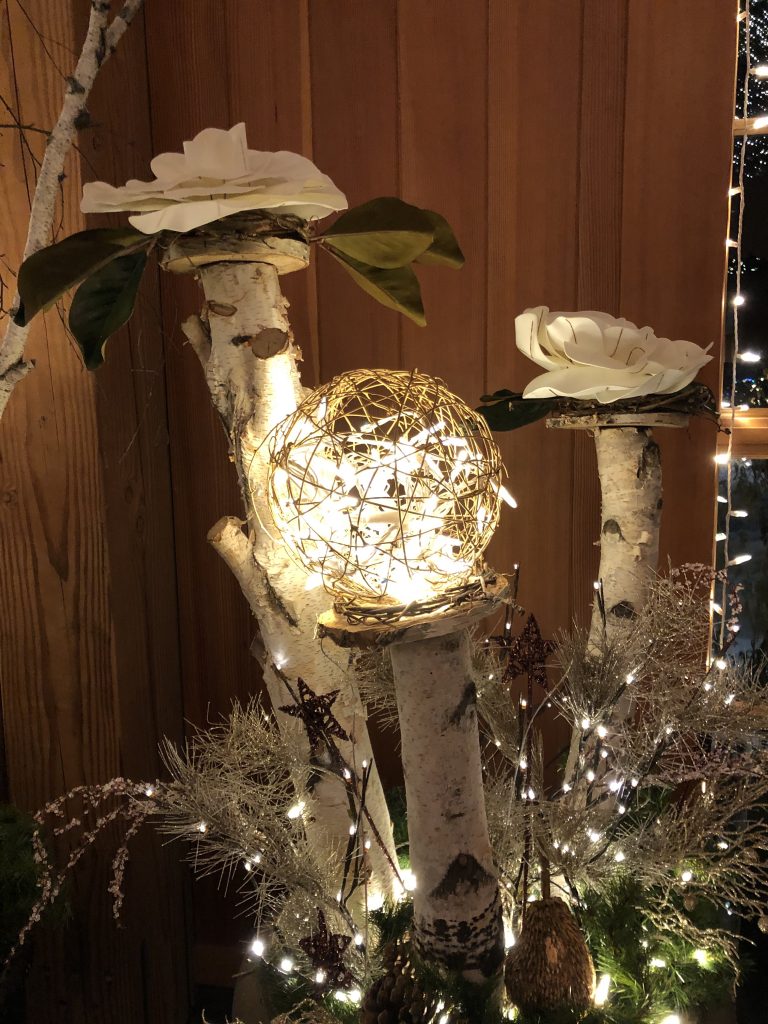
Before the birth of Jesus, pagan yule rituals incorporated light to celebrate the return of the sun as days grew longer after the winter solstice. The custom of using light as a primary symbol of Christmas dates back to when trees were adorned with candles[1] to symbolize Christ’s arrival as a “guiding light” for the world. Like light, evergreen trees similarly symbolize renewal and continuous life, even in times of death and darkness, and adorning trees with candles only further embodies the symbolic significance of Jesus’ birth[2].
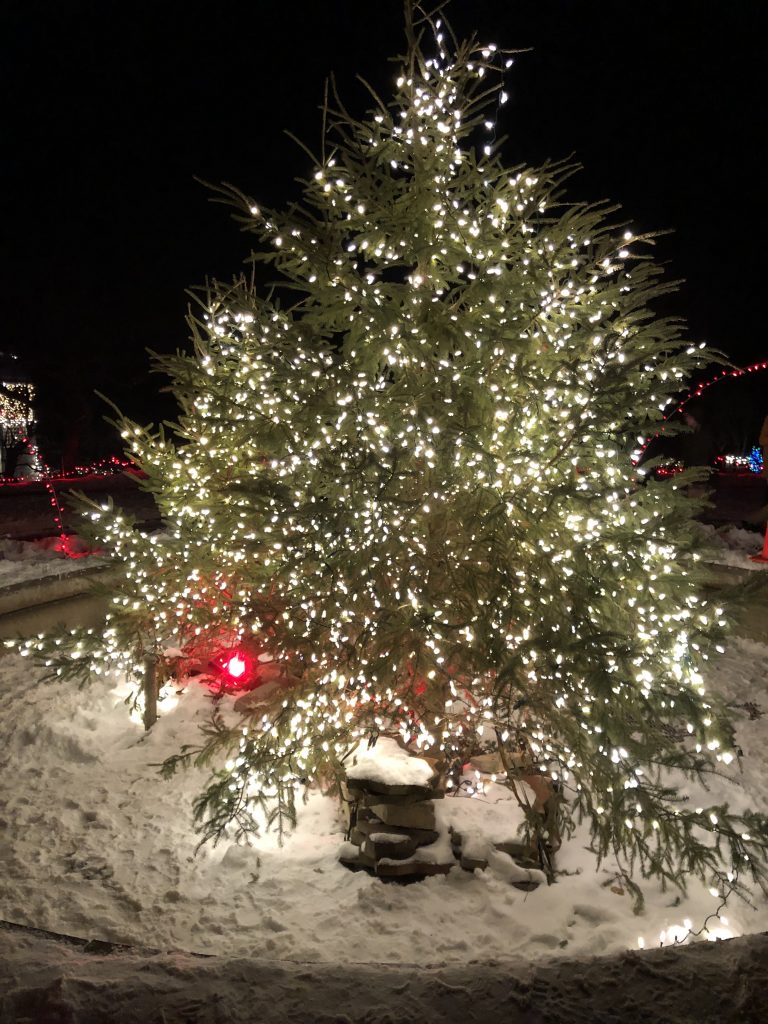
Since the advent of the Tannenbaum, we’ve gotten a little smarter in our tree lighting approach. Notably public Christmas tree displays illuminated with electric lights gained rampant popularity in the early 20th century[3]. By the mid 20th century, it became widely customary to decorate buildings and streets with strings of lights, helping the spirit of Christmas transcend the tree and permeate society in a larger, more concrete manner. Thus, “Christmas” blossomed into a more tangible feeling people could see, name, and experience.
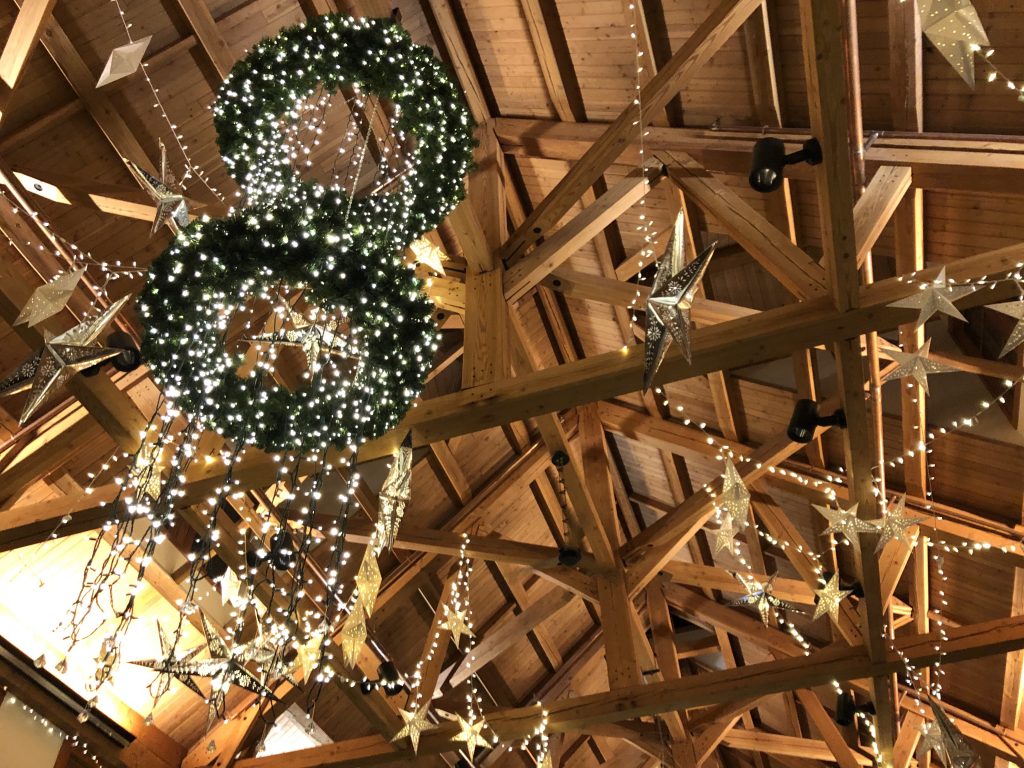
In this spirit, last weekend Cam and I visited the Minnesota Landscape Arboretum to experience the light-decadent spectacular, “Winter Lights at the Arboretum.” The event runs from November 22nd to January 5th and takes guests on a self-guided walking tour through a gallery of dazzling lights.
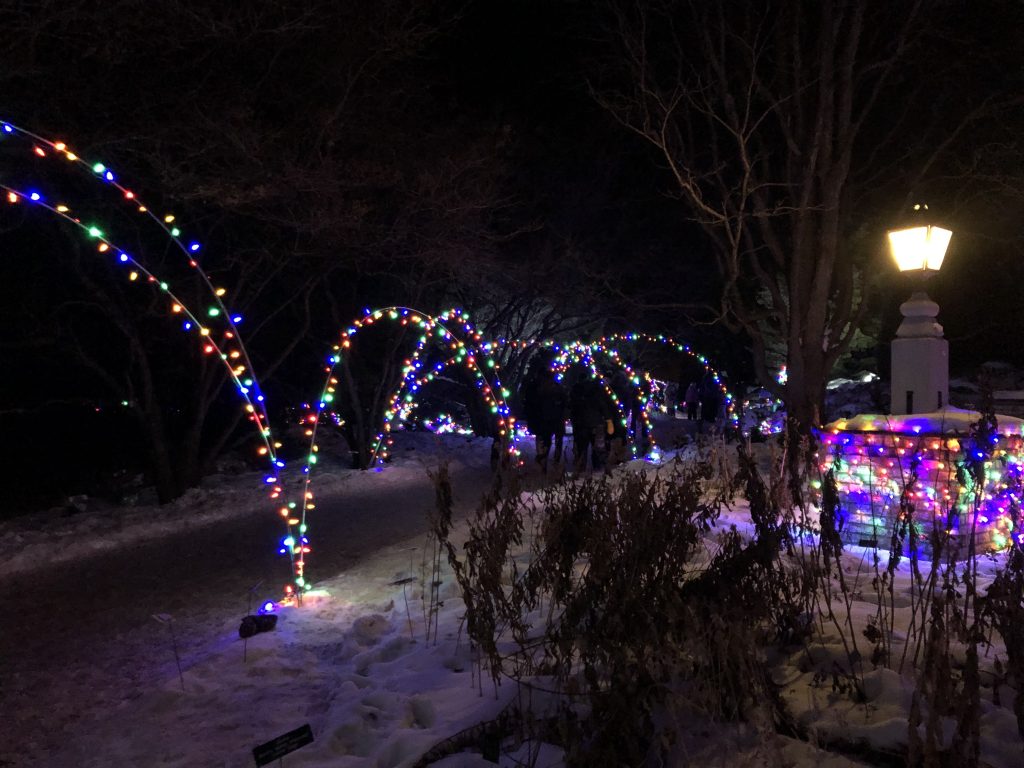
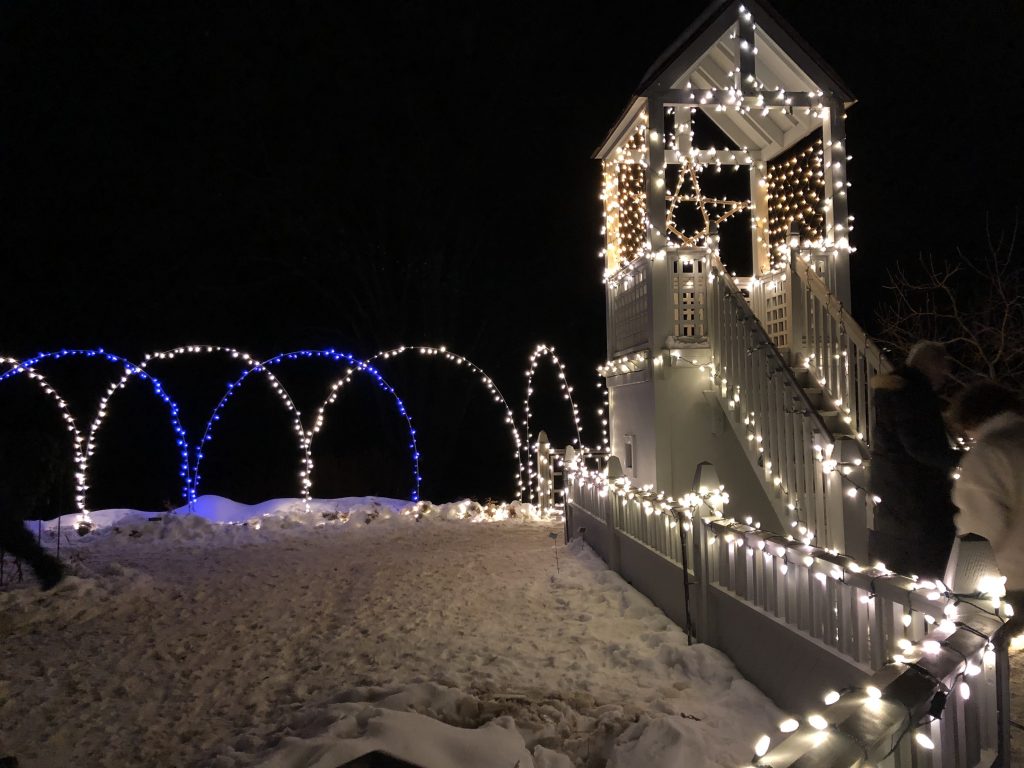
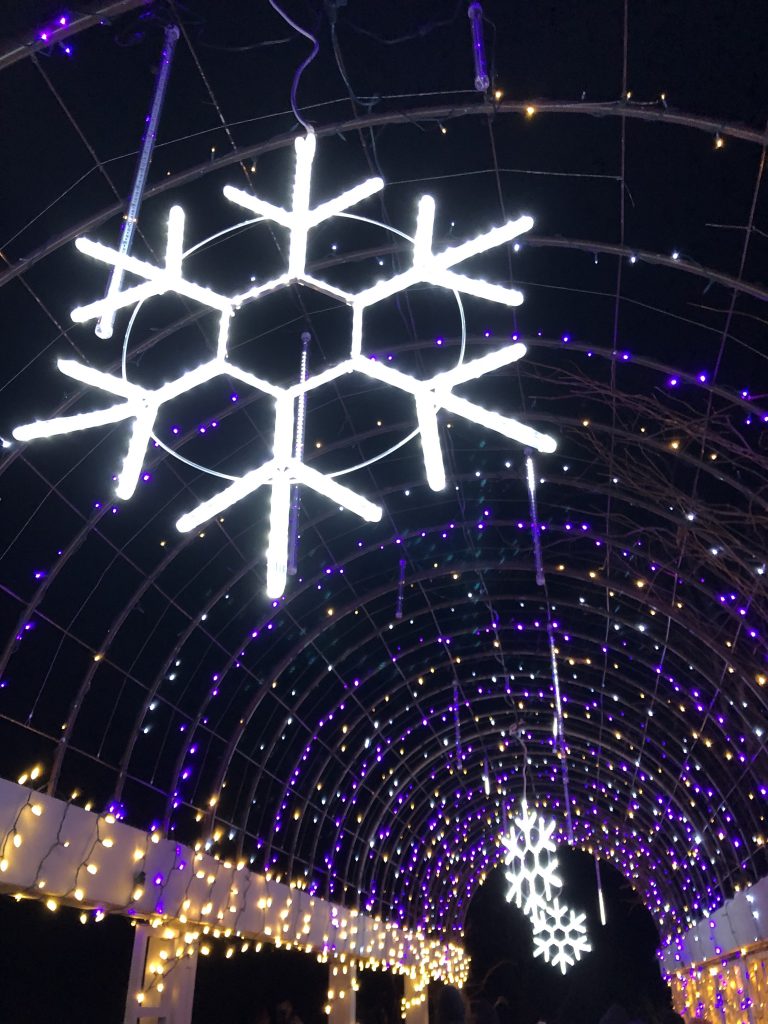
Christmas in Minnesota is no joke, and we were shocked at the number of cars still waiting to enter the Arboretum when we arrived. Seeking to embrace the full winter experience, we welcomed the cold as we waited, rolling the windows down to savor the crisp, frosty air while shuffling amongst various Christmas tunes that have come to epitomize the holiday spirit.
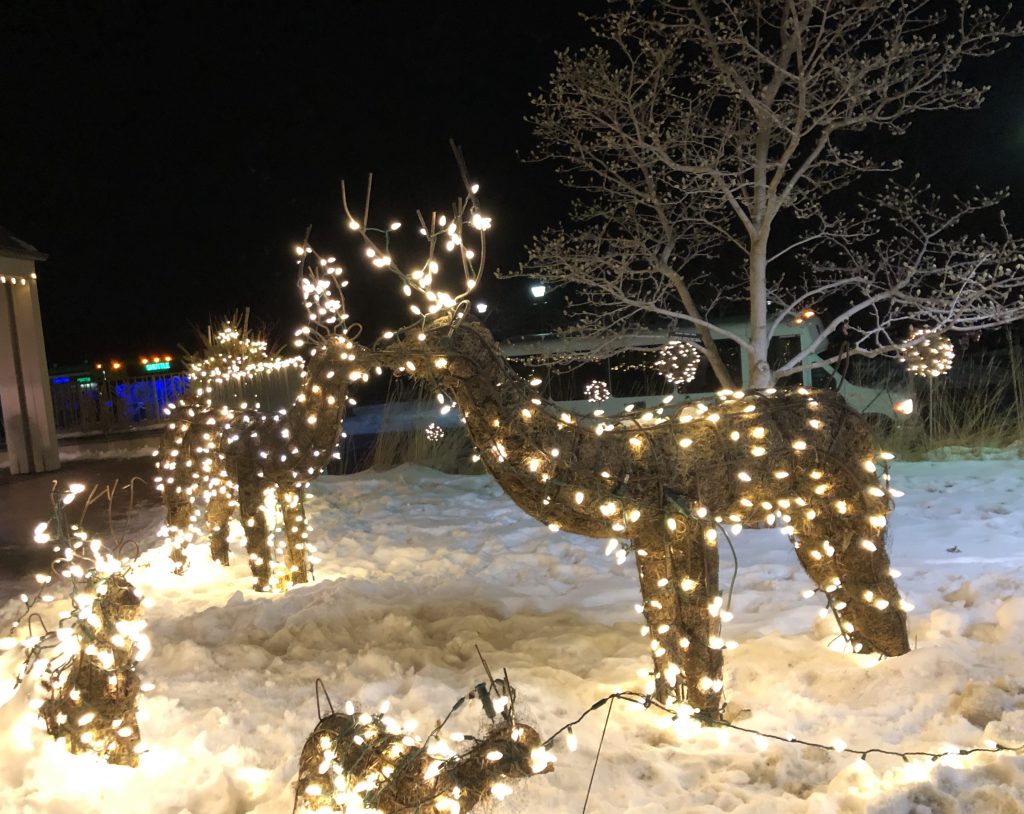
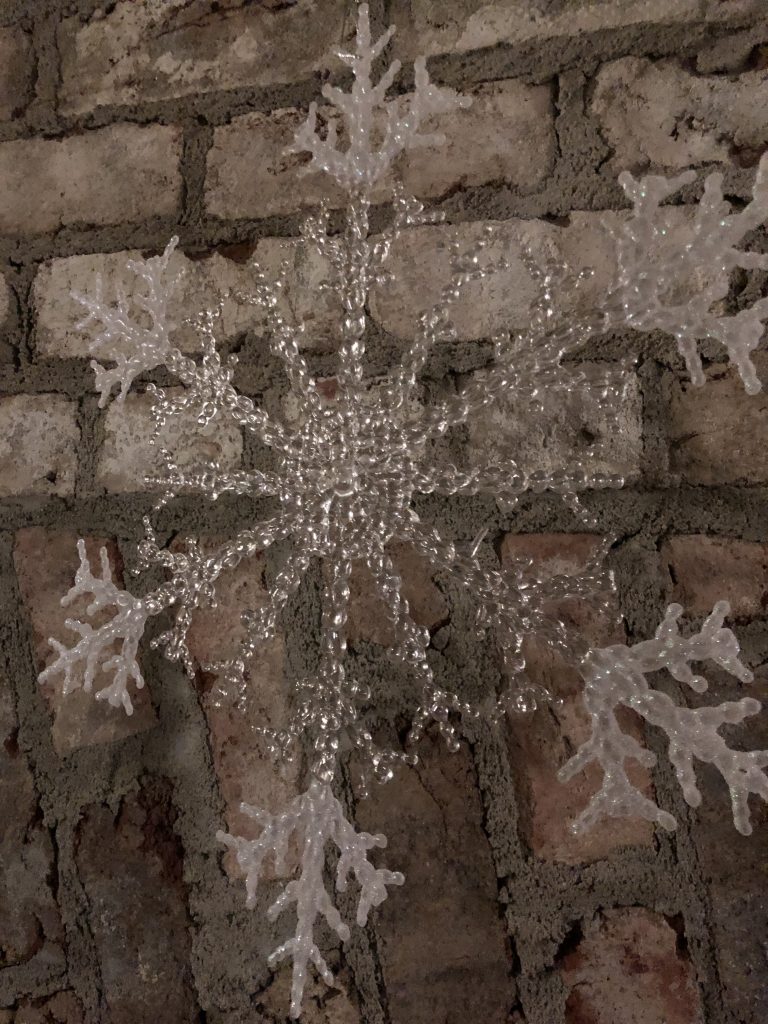
Once we finally cleared the gate and entered the property, we were rendered breathless by the shocking array of red, green, blue, white, purple, and yellow lights. There were lights everywhere: Lights on the buildings, lights on the lawn, and lights on the guests who merrily strolled through the frosted grounds. The effect was magical—almost ethereal and otherworldly— and we could practically feel a vibrant rush of joy and the pulse of merry life around us. This wasn’t just a celebration of Christmas, it was a celebration of nature. Indeed, it was a celebration of light.
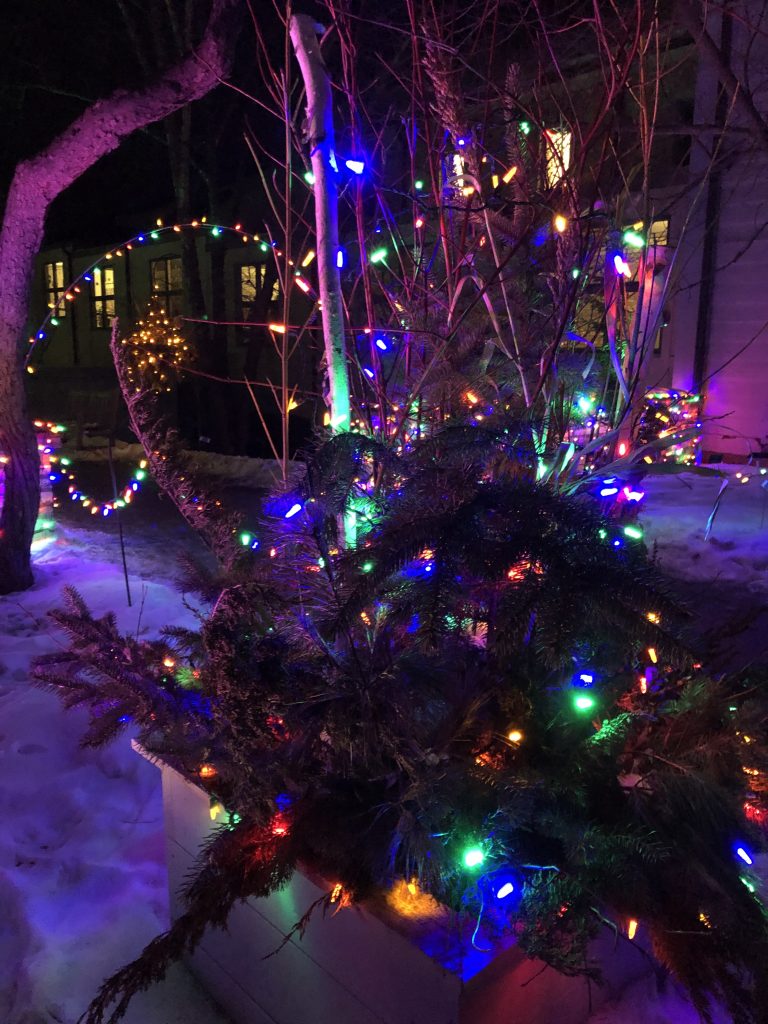
We started our cheerful tour inside the Oswald Visitor Center, which prominently featured a 24-foot tall poinsettia tree amidst strings of twinkling lights and glistening paper lanterns. In addition to this magnificent display of red and green natural beauty, the Oswald Visitor Center also featured several 20-foot tall Minnesota pine trees adorned with colorful ornaments paying reverence to nature’s inherent beauty.
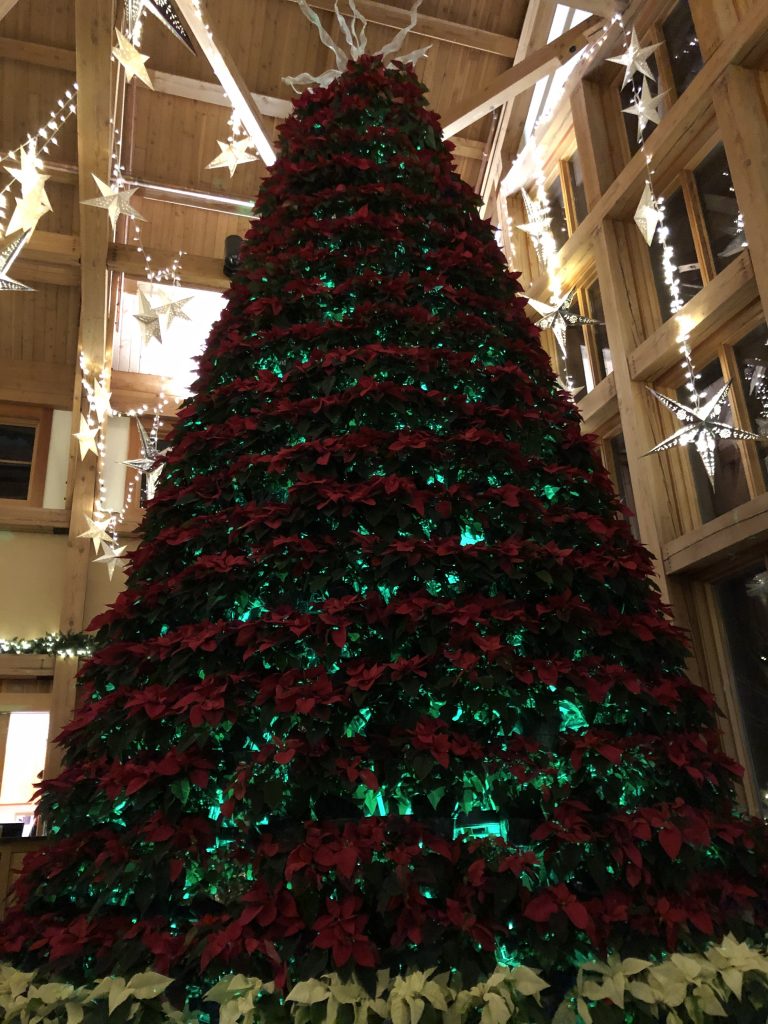
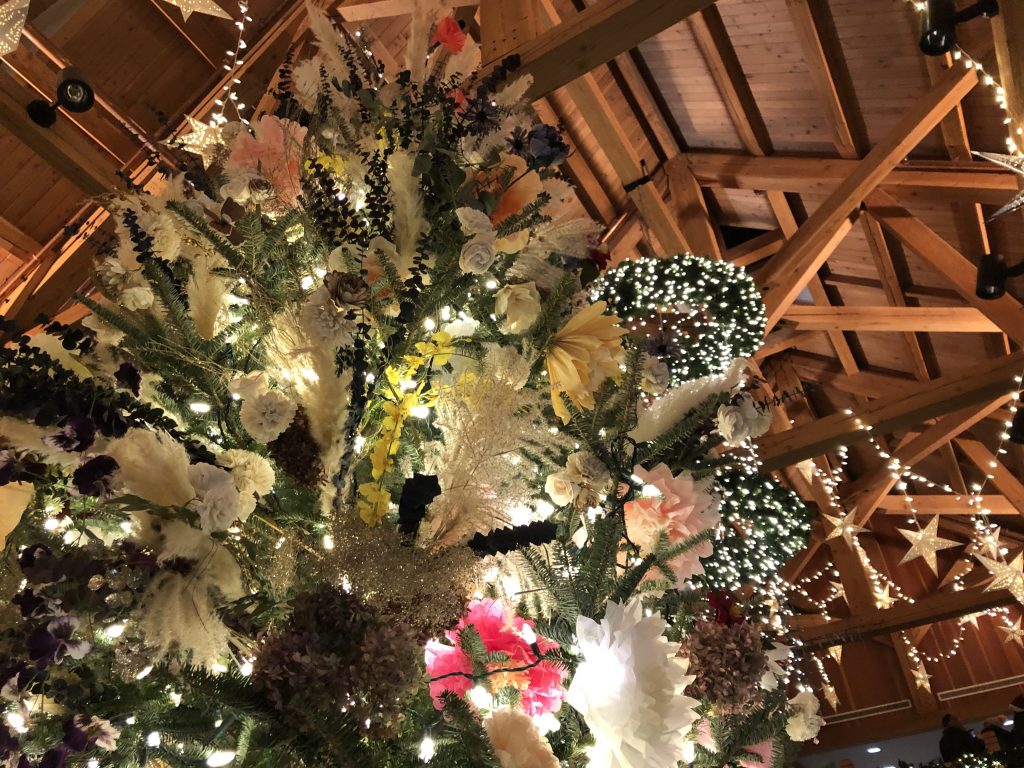
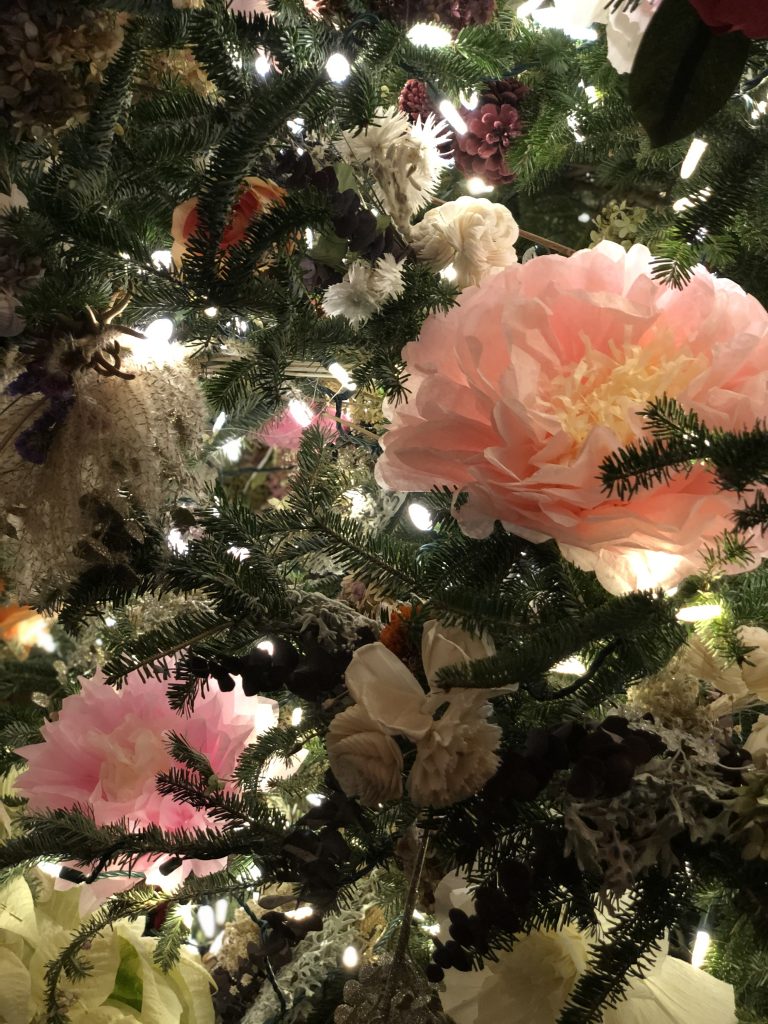
As beautiful as the warm interior display was, the cool winter air beckoned us outside where we embarked on a walking tour featuring fourteen resplendent, botanically-inspired displays, each showcasing a specific element of research occurring at the University of Minnesota. University researchers have successfully introduced cold, hardy plant species capable of surviving the bold north’s harsh winter climate. Winter Lights at the Arboretum honors this work, and five of the twenty light displays pay homage to these plants, making the experience both festive and educational. Notable stops included Chrysanthemum Corridor[4], the Arboretum Apple Orchard[5], and the Winter Azalea Garden[6].
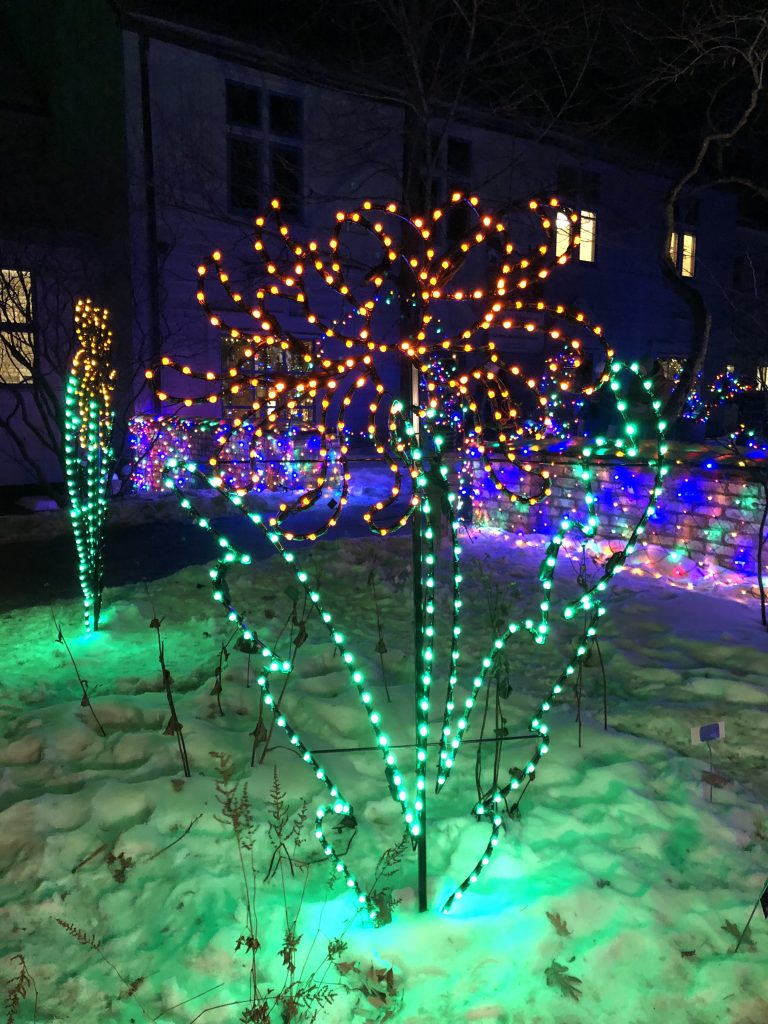
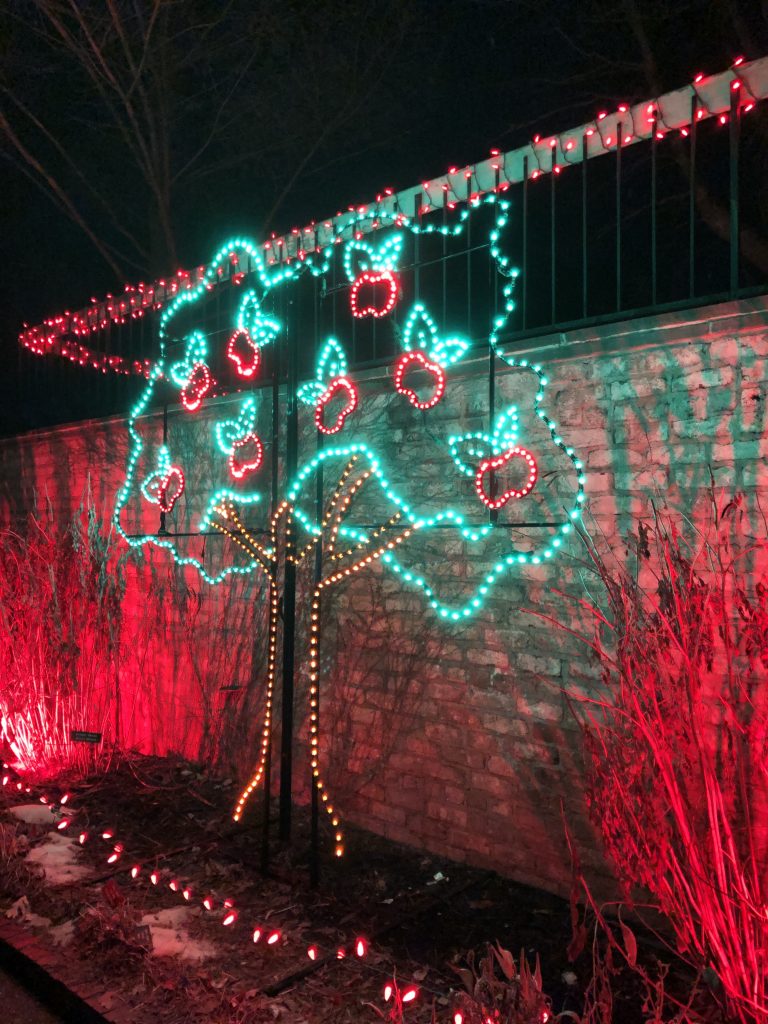
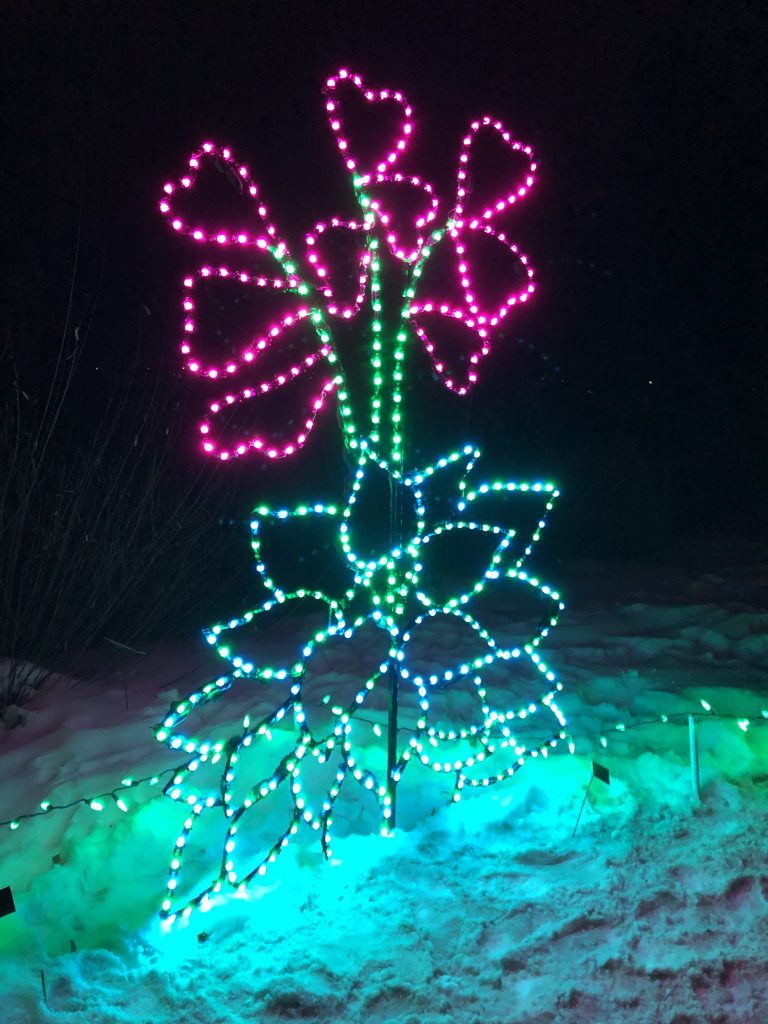
While these displays were impressive, “Frozen Falls” was hands-down our favorite stop of the night. From scarlet to marigold to “periwinkle,” this exhibit hosts a wide range of resplendent, sparkling colors that shimmer and twinkle in the winter snow. Composed of exquisite Water Lilly sculptures made in Greece especially for the Arboretum, these lights capture many a heart with their captivating color and fairytale-inspired charm. Cam and I couldn’t help but return to this exhibit again and again throughout our evening for just one more glimpse of the stunning array of holiday splendor.
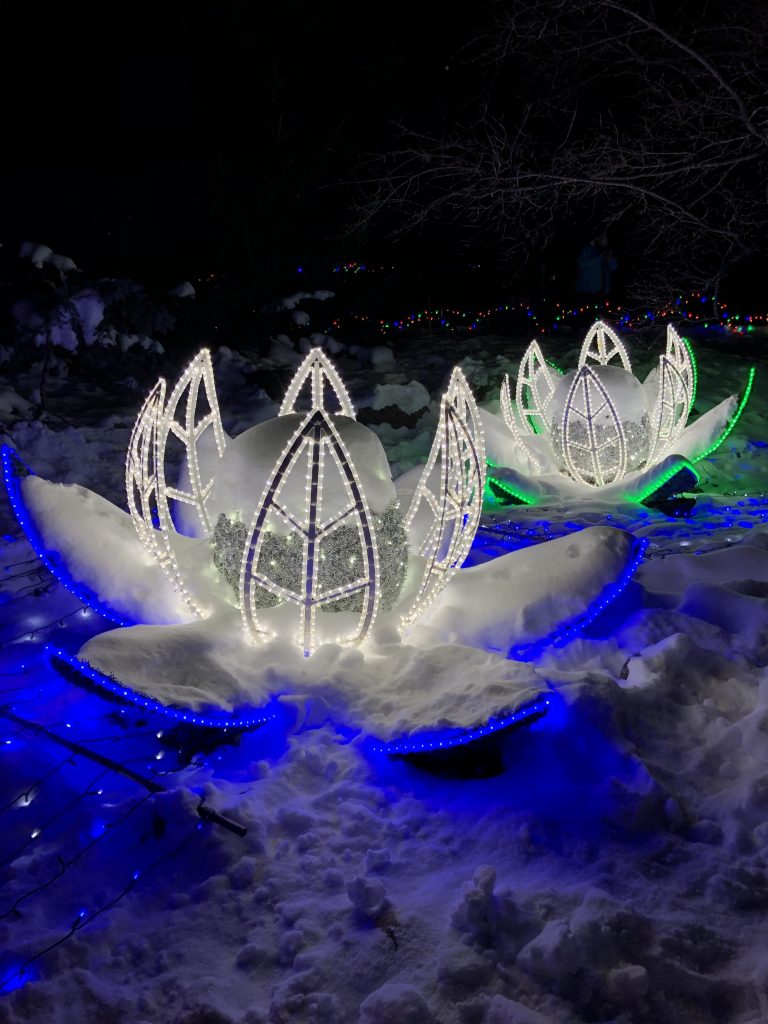
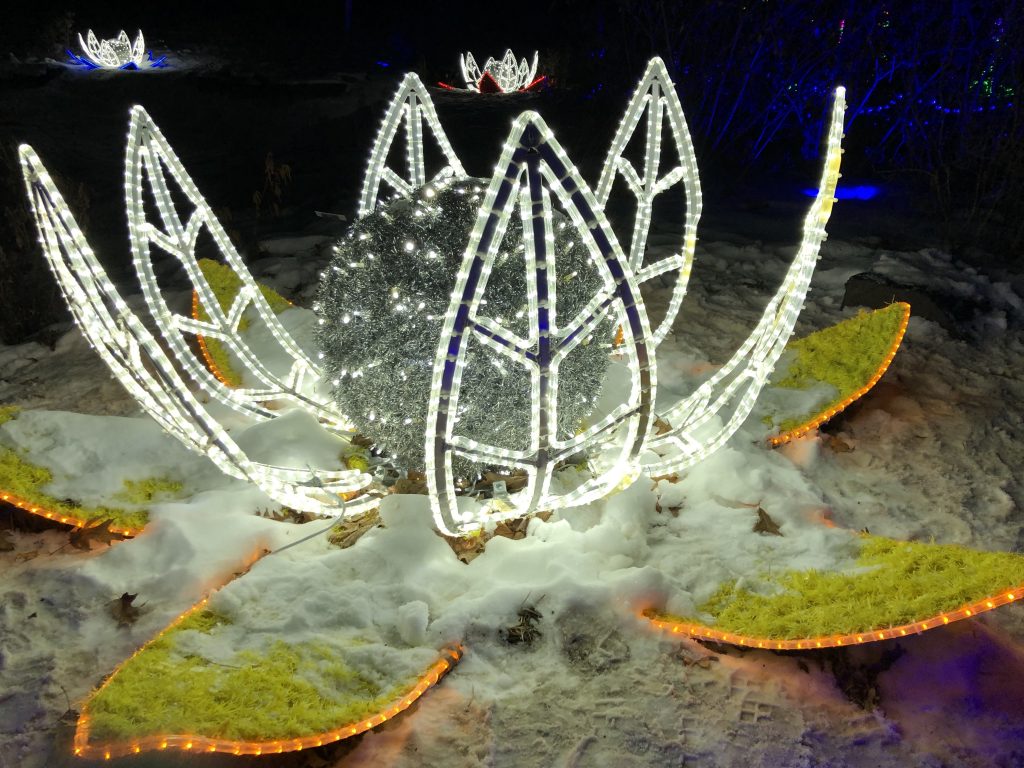
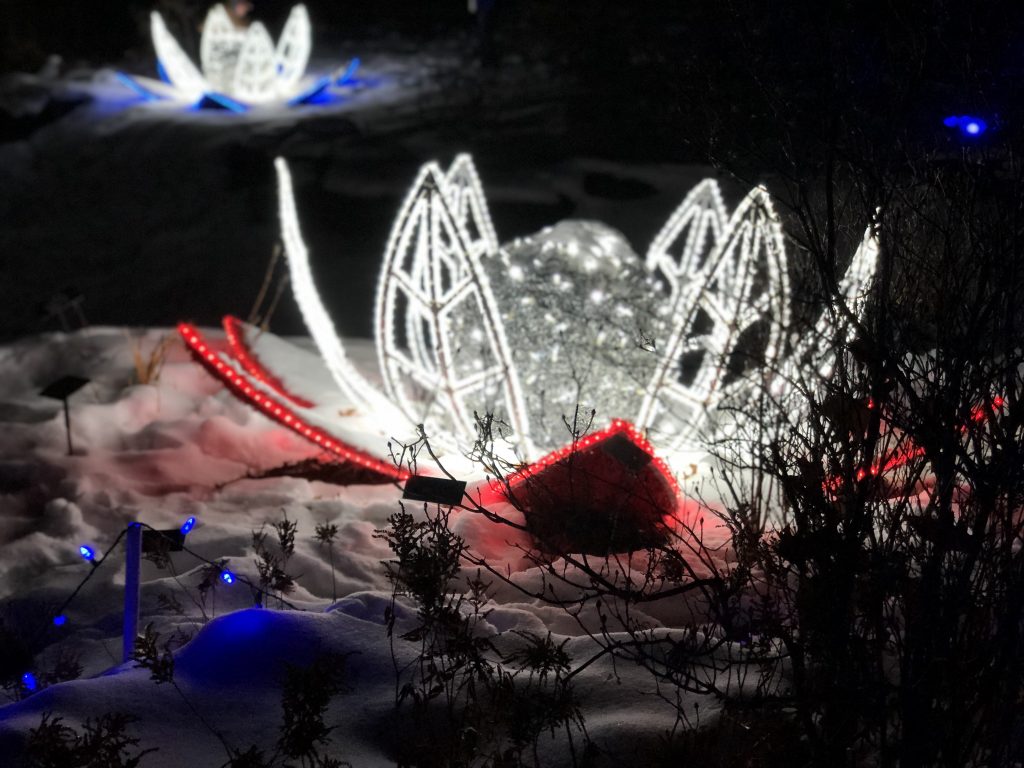
Yes, we particularly associate lights with the Christmas season, but their calming ambiance and splendid beauty doesn’t have to disappear as soon as the holidays end. Instead, what if we made a conscious decision to let our lights continue to shine, glow, and sparkle, particularly as we herald in the New Year?
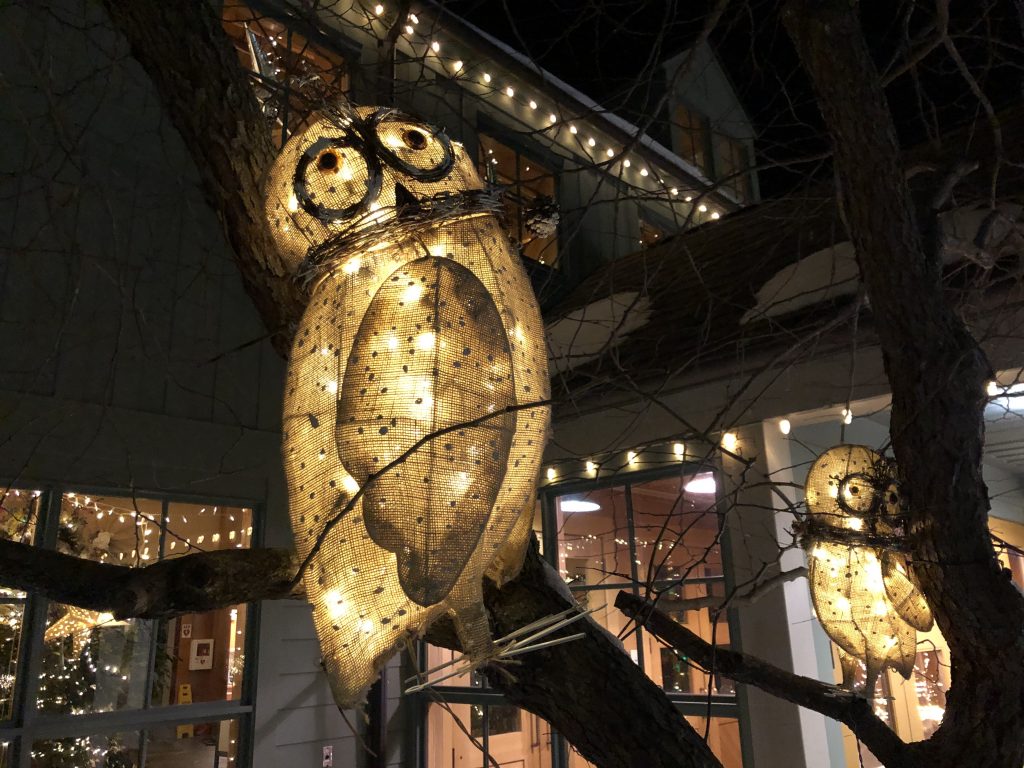
Light has long been associated with the spiritually divine, and it is commonly revered as a source of goodness, purity, and ultimate transcendence. As Dumbledore famously relays in the Harry Potter series, “Happiness can be found in the darkest of times, if one only remembers to turn on the light.” With this in mind, let us welcome light into our remaining celebrations throughout 2019 and then use it as a guiding force to illuminate the unnamed roads that lie ahead.
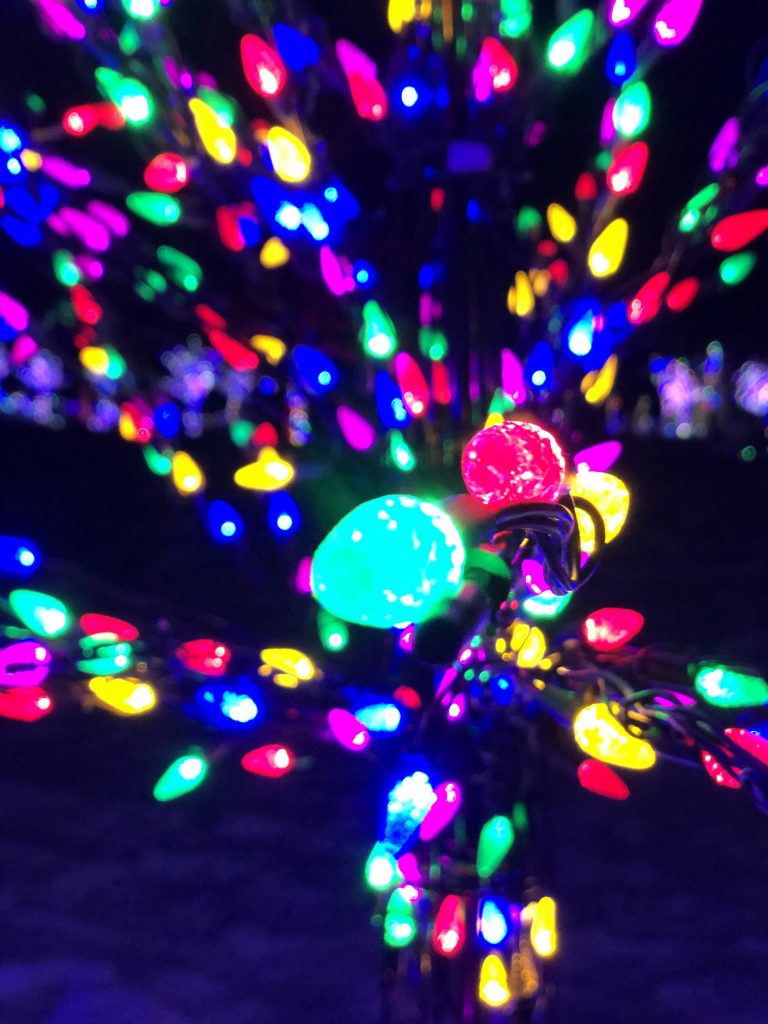
The spirit of Christmas never truly ends. Light is all around us, and, if we
intentionally cultivate a spirit of perpetual hope and continuous joy, then we
can forever tap into its power to foster transformative magic and herald unending
hope.
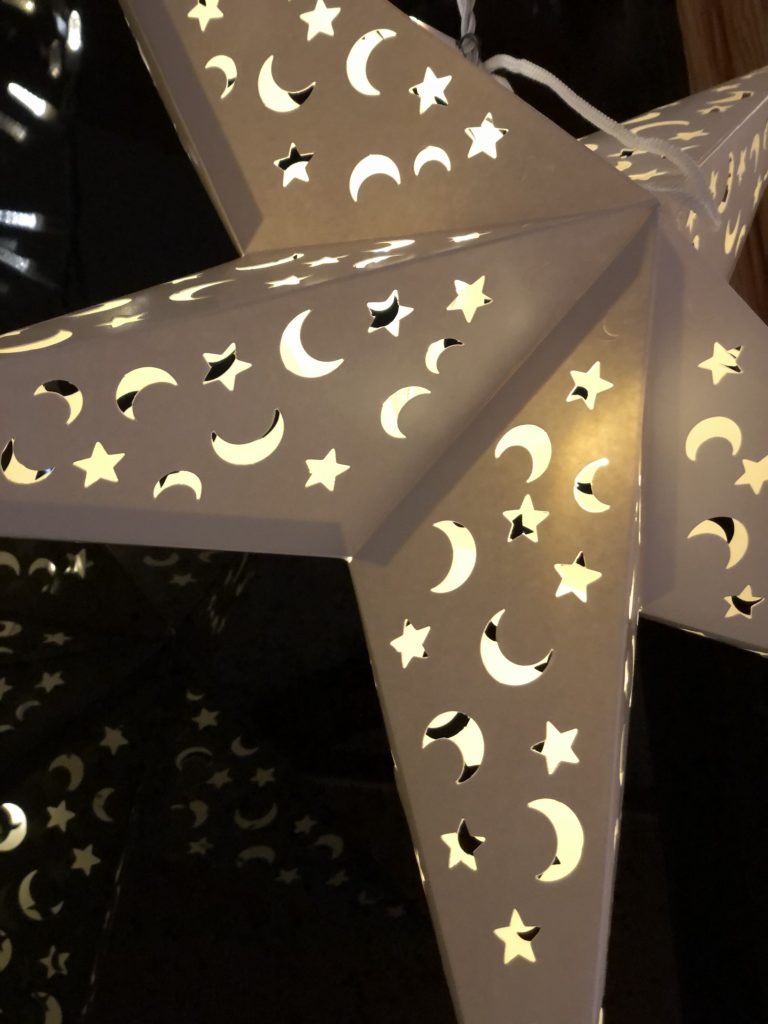
[1] Well that doesn’t sound safe…
[2] Upon further research, I discovered these candles used to be glued to tree branches with melted wax. Now that really doesn’t sound safe… What were people doing back in the day? Burning down family homes left and right, no doubt…
[3] Much safer than burning candles…
[4] Fun fact: The University of Minnesota’s mum breeding program began in the 1920s and is the only public sector breeding program in North America, not to mention one of the oldest in the world. Pretty neat, huh?
[5] Perhaps unsurprisingly, this exhibit honors University of Minnesota apple breeders’ astounding accomplishments. As you may recall from “Granny Smith Apple,” Minnesota apple growing is kind of a big deal. This particular light display serves as a tribute to the 28 commercial apple varieties the University has developed, and it commemorates the positive influence these illustrious local fruits have had on apple lovers worldwide!
[6] This display celebrates groundbreaking research that has allowed stunning azaleas to thrive in Minnesota’s harsh northern climate.
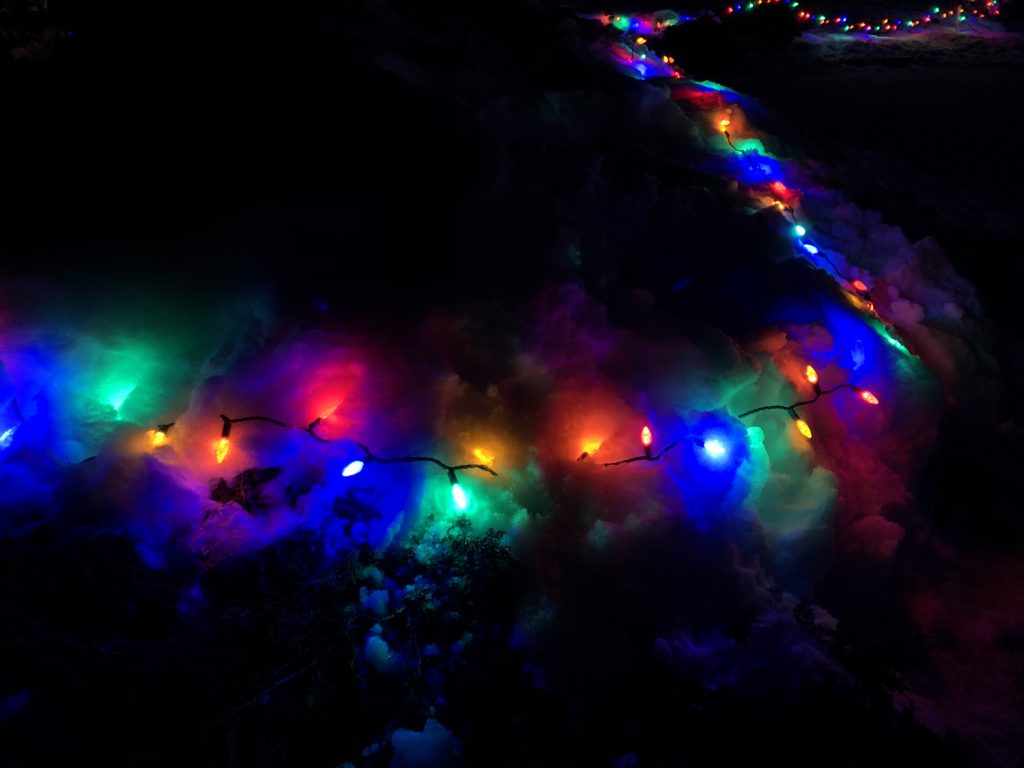

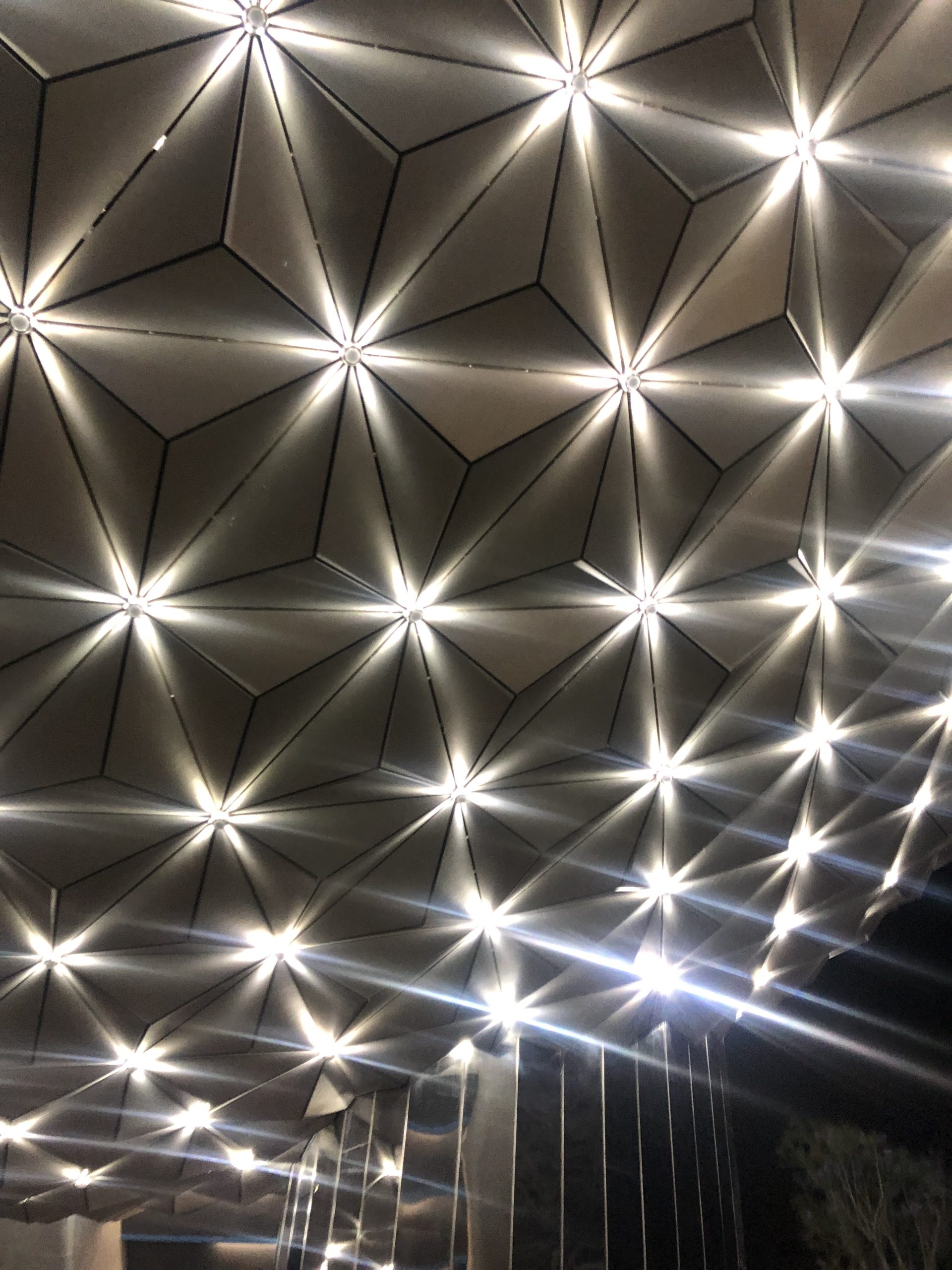

Comments are closed.